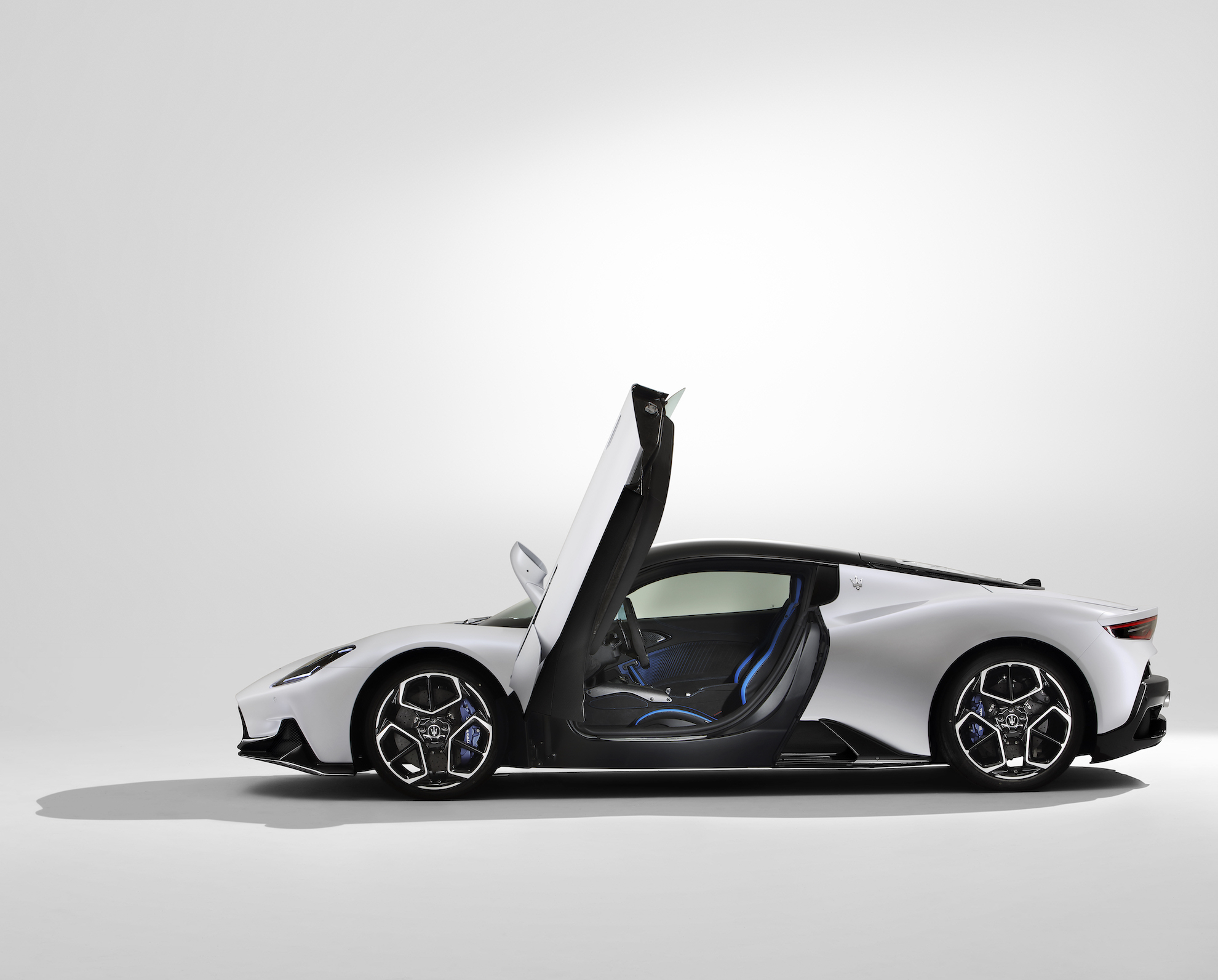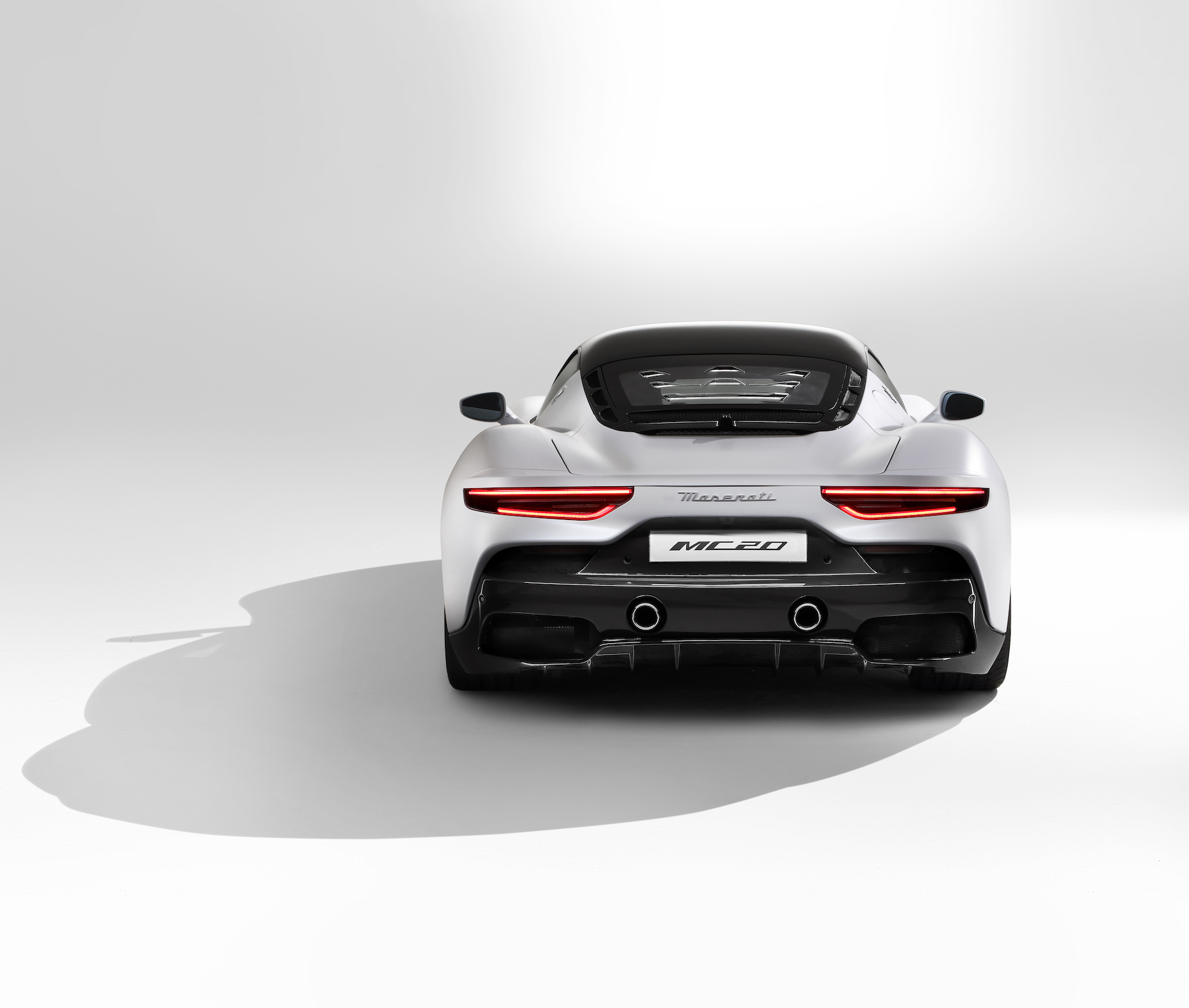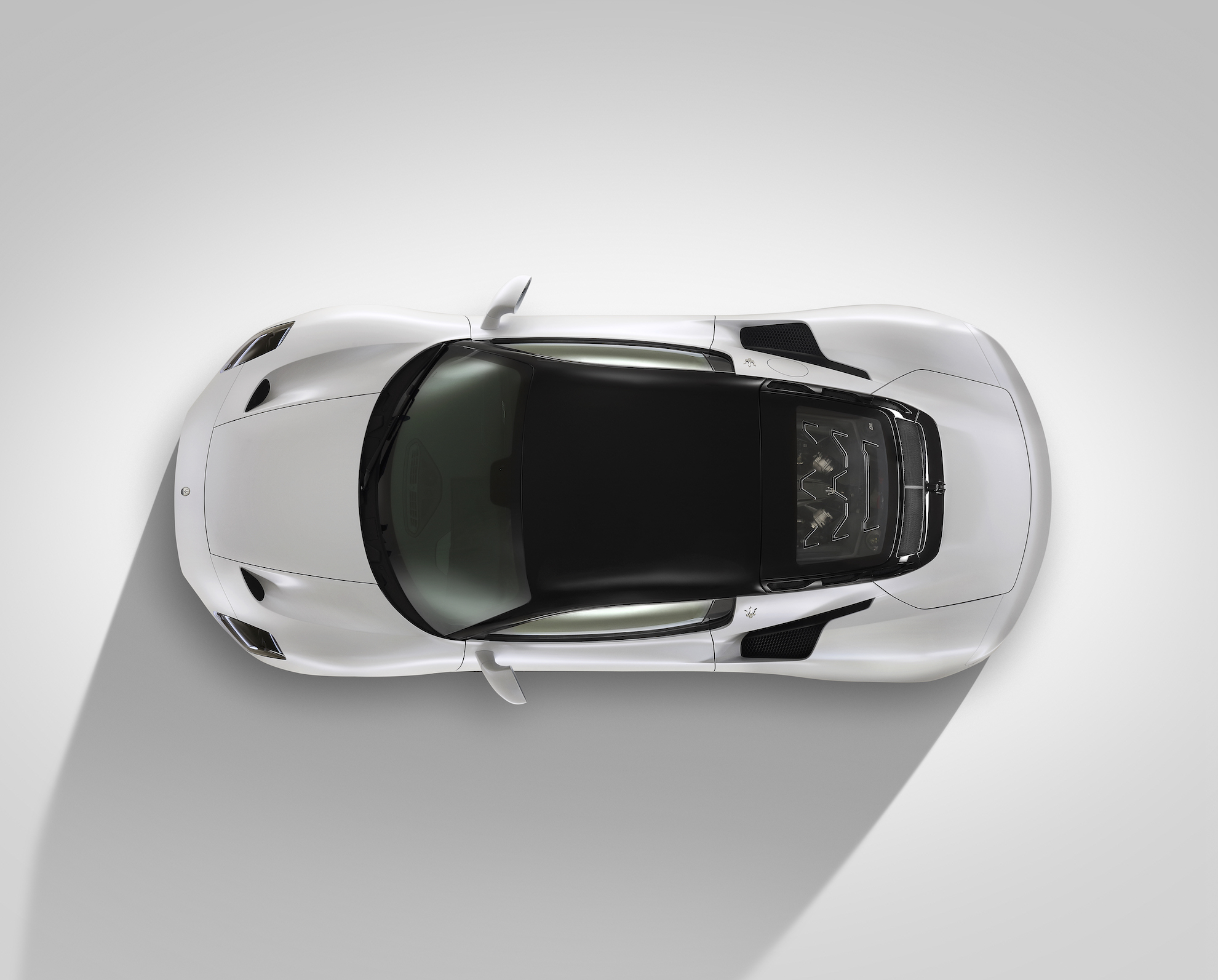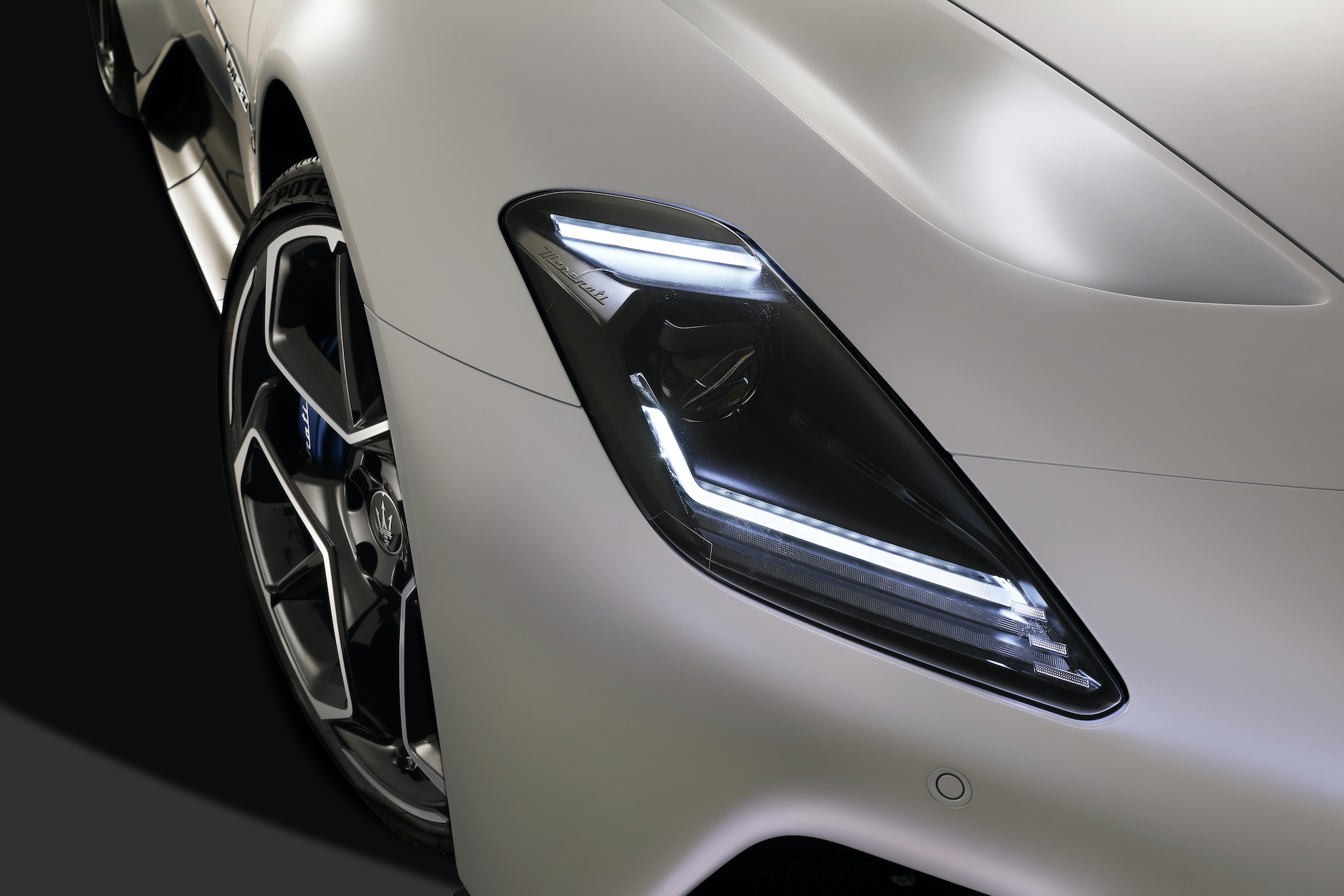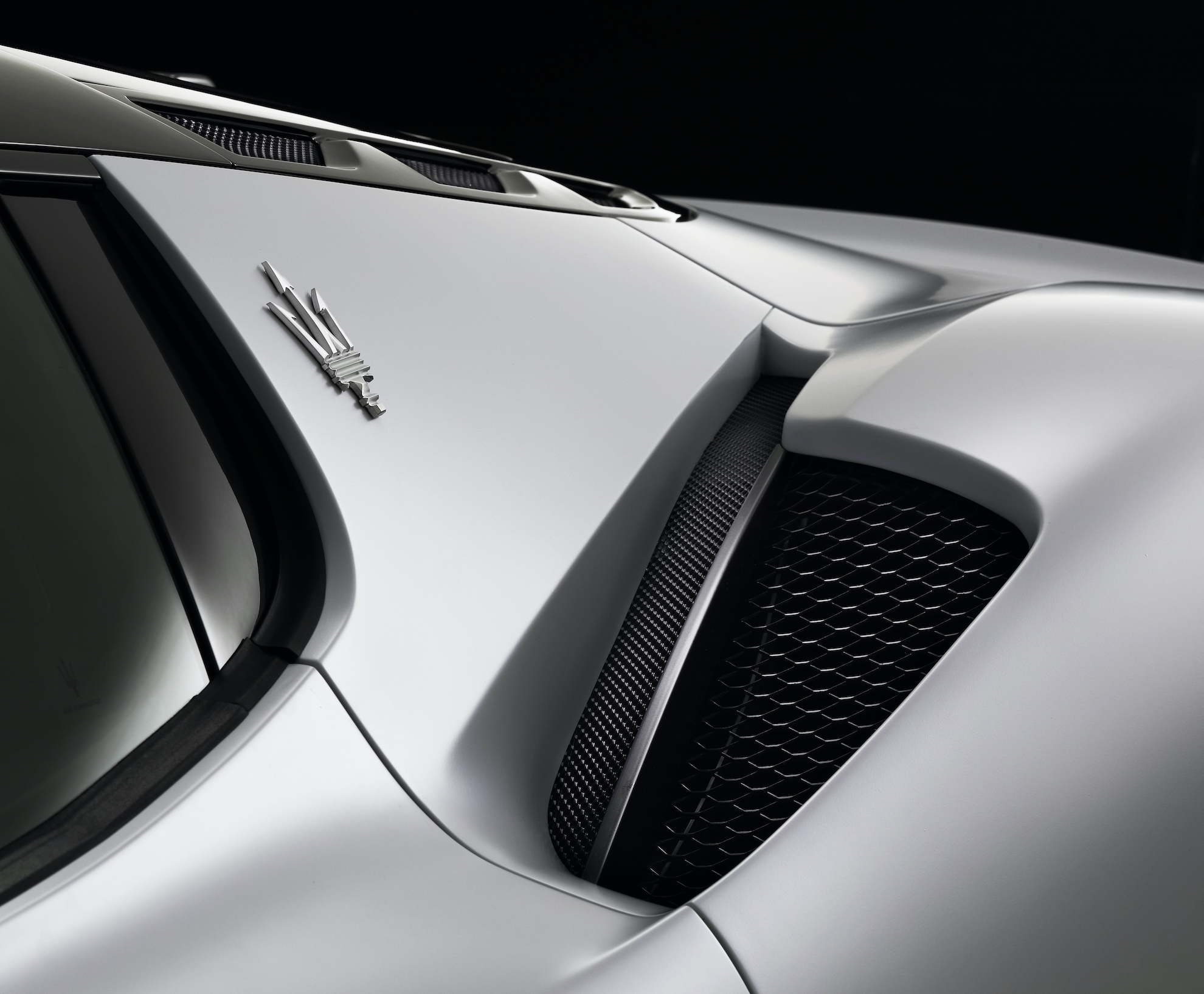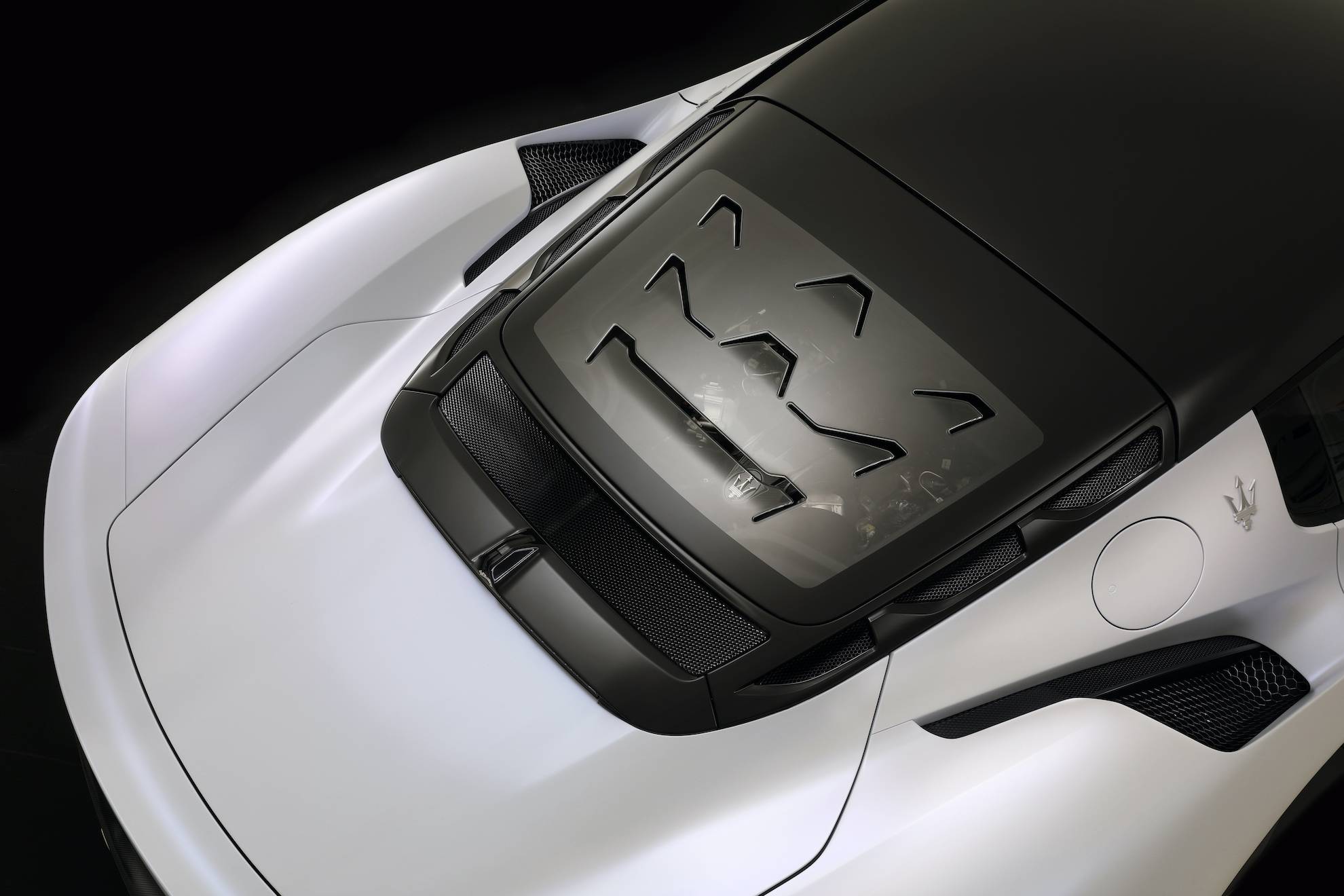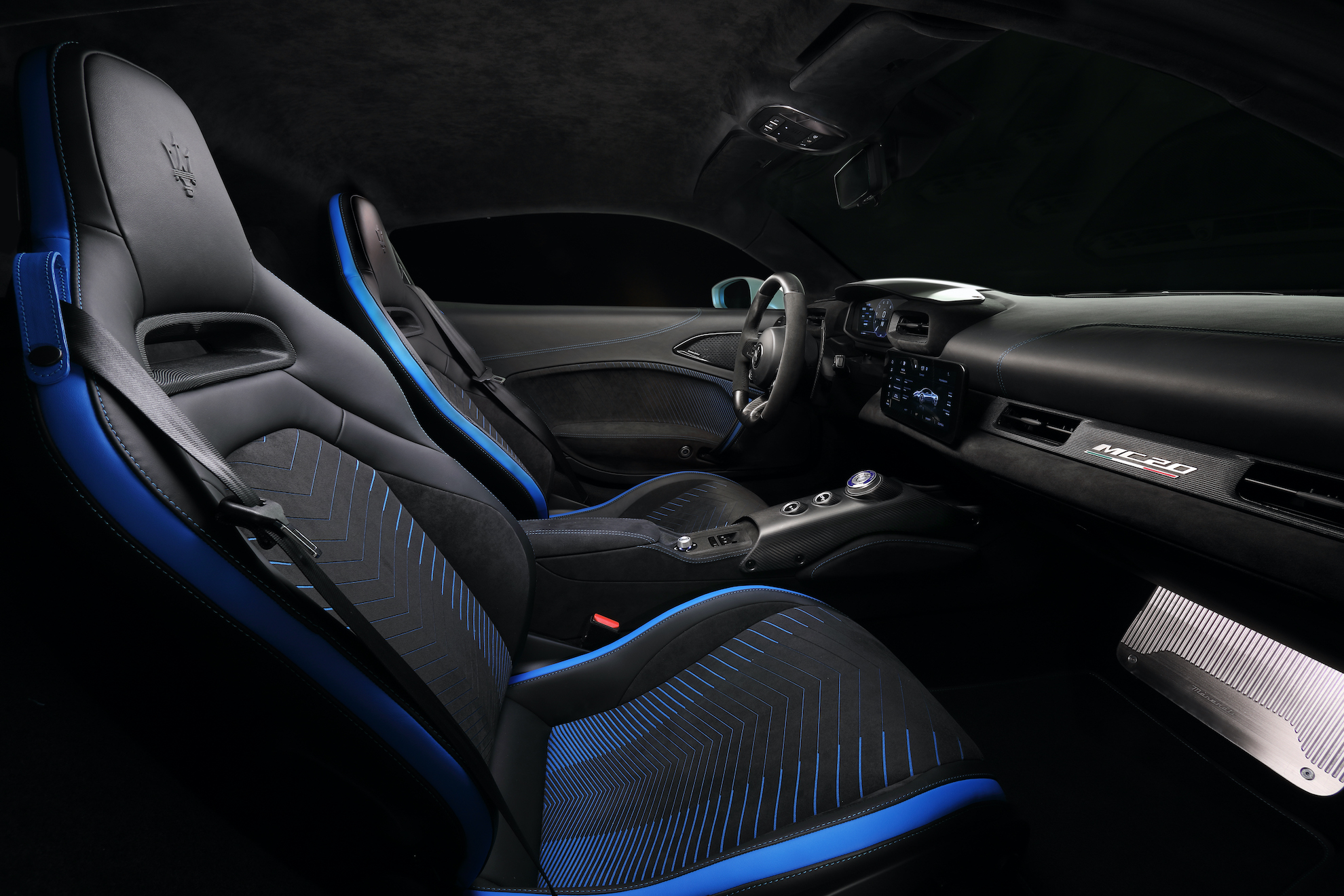An Italian racing brand without a supercar, Maserati is a paradox of the automotive world. With the race-homologation MC12 being their last supercar released in small numbers over 16 years ago, Maserati has been lagging behind in the performance car division. Even their current highest performing vehicle, the GranTurismo, is 13 years old! That is why the all-new MC20 supercar is by no stretch of the term, Maserati’s most crucial car to-date, igniting a renaissance for the 106-year old marque.
Designed by the maestro’s at the Maserati Style Centre in Modena, the MC20 took two years to develop. The brand’s history and the integration of performance and elegance were the guiding principles of the design team that lead to the conception of this unique vehicle.
Over two thousand man-hours were spent in the Dallara Wind Tunnel, creating the sleek and fluidic sculpture of the MC20, while increasing downforce without the need for additional wings or vents. Even the magnificent butterfly doors have been designed to be aerodynamically functional, yet allow ease of access into the cabin.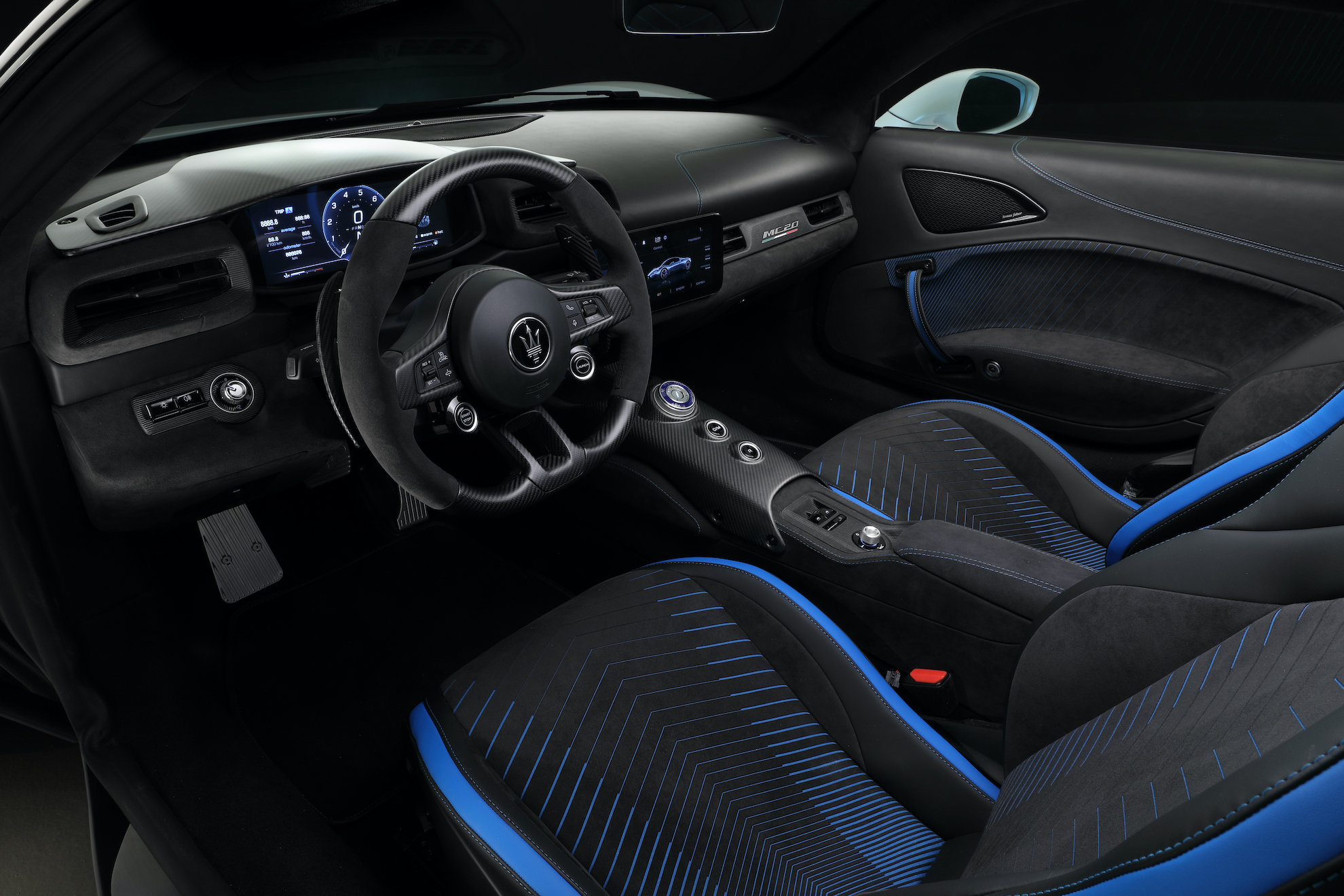
Speaking of the cabin, the interior of the MC20 is just as well-appointed as one would expect a modern Italian supercar. The driver is the focal point, with a wrap-around cockpit providing an immersive experience. The dash and centre console are clad in carbon fibre, and features a simple, minimalist design, with only three rotary dials in the middle.
Two 10-inch screens, one for the instrument display and the other for the new Maserati Multimedia System (MIA), exists on the dashboard. Controls for the MIA are found on the centre console, along with a wireless smartphone charger, the drive mode selector (GT, Wet, Sport, Corsa and ESC Off), speed selection buttons and the window switches. A straightforward layout when compared to the latest automotive interiors that overload on screens and buttons. Such is the emphasis on the driver that ignition and launch control switches are located on the steering wheel.

The beating heart of the MC20 is the all-new Nettuno engine, a 3.0-litre twin-turbo V6 that is Maserati’s first self-developed engine in over 20 years. Pumping out 630hp and 730Nm, the twin-turbo V6 is mated to an 8-speed dual-clutch transmission (DCT) which powers the rear wheels, which is kept in check by a limited-slip differential.
Nettuno, the first engine to be developed in this “new era” of Maserati, features some revolutionary technology, such as the patented MTC (Maserati Twin Combustion) technology. This new combustion system, features a passive pre-chamber combustion system with twin-spark plugs, as well as a twin-injection system (direct and port injection), to provide more efficient fuel combustion, as well as stabilise power delivery at lower RPMs. The MC20 is the only car to feature this technology on the road today.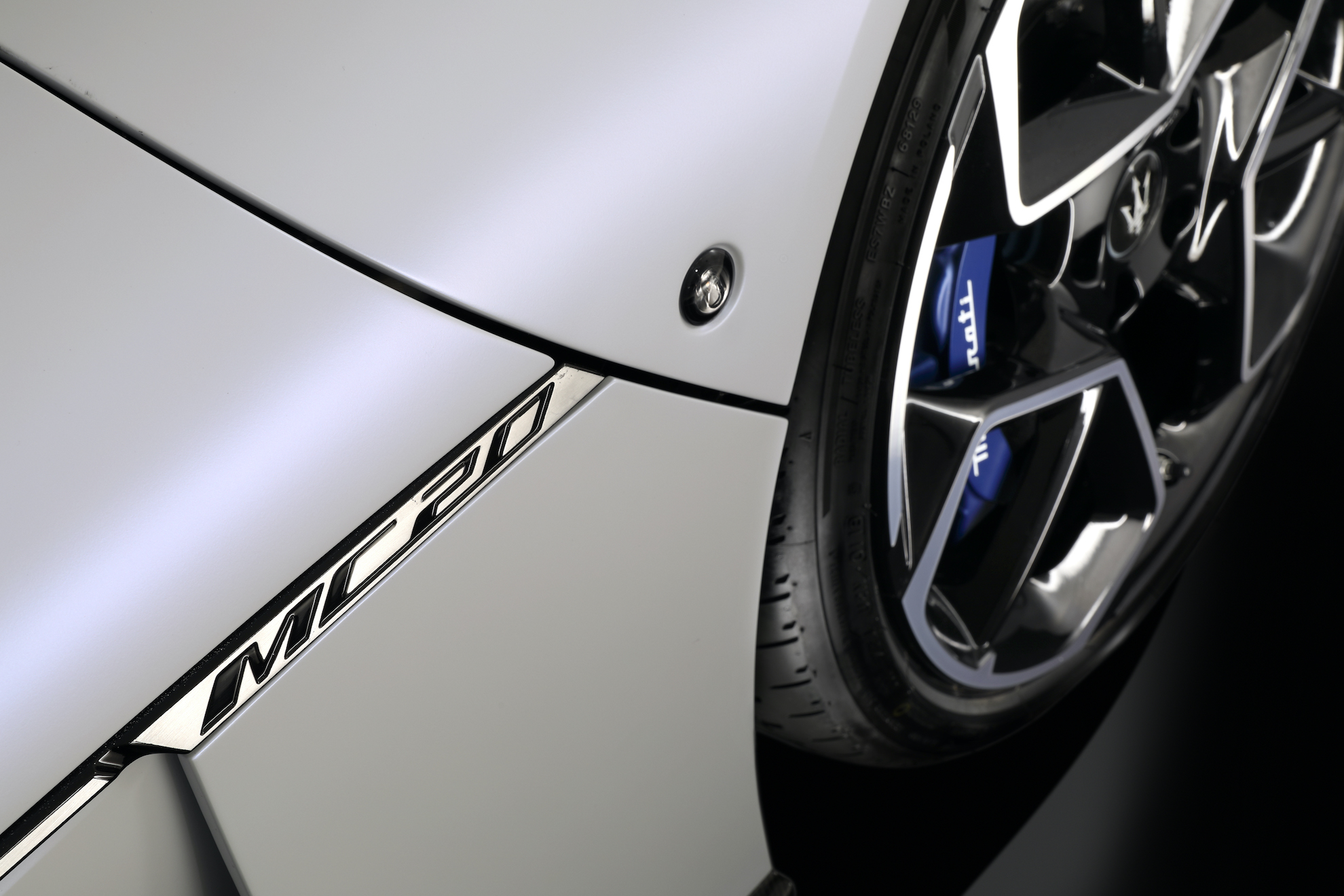
The MC20’s chassis has also been developed with a focus on dynamic performance, ensuring that weight and overall rigidity are optimised without compromising daily comfort. The extensive use of carbon fibre made the MC20 into a very light car, with a kerb weight of under 1500kg. This gives the supercar a power-to-weight ratio of 0.42hp/kg. The powertrain can propel the MC20 from zero to 100kph in just 2.9 seconds, and up to a top speed of over 325kph. It seems that Maserati isn’t playing games and have pegged the MC20 to rival the likes of the McLaren 570S and the Audi R8 V10 Plus in the “entry level” supercar category.
The MC20 has been designed to enable the coupé and convertible versions to be variable, as well as feature full-electric power for future development. Shouting a loud and clear message, Maserati has explicitly shown its intention to go racing with the MC20, returning the brand to motorsports and creating a new chapter in its long and illustrious history.


